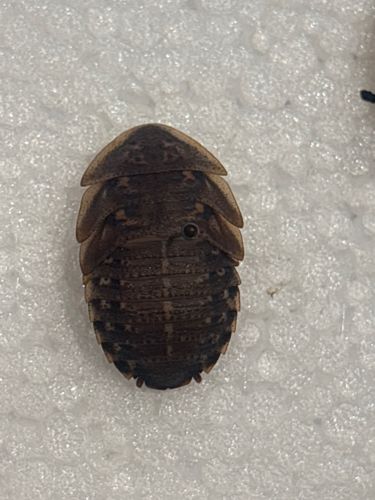Glow-worm beetle larva (or a similar firefly larva)
Scientific Name: Though it's difficult to identify the exact species without more detail, it belongs to the family Lampyridae, likely a larval stage of a genus like 'Phengodes' (Glowworm beetles) or 'Lampyris' (Common European Glow-worm) based on its appearance. Full scientific name requires expert identification.
Order & Family: Order: Coleoptera, Family: Lampyridae (Fireflies/Glow-worms)
Size: Larvae can range from a few millimeters up to 2-3 cm depending on the species and instar stage.

Natural Habitat
Moist, dark environments, often found under logs, stones, leaf litter, in soil, or grassy areas. Some aquatic species exist, but this terrestrial form is common in woodlands and gardens.
Diet & Feeding
Predatory. Larvae primarily feed on snails and slugs. They inject digestive fluid into their prey, liquefying their tissues, and then suck out the contents.
Behavior Patterns
Nocturnal and fossorial (burrowing). Many species are characterized by bioluminescence, with the larvae of some species (like glow-worms) also being bioluminescent, emitting light from specialized organs. They are slow-moving and spend much of their time searching for prey.
Risks & Benefits
Benefits: Larvae are beneficial to gardens and agriculture as they are natural predators of slugs and snails, which can be significant pests. Risks: Generally no risks to humans; they are harmless.
Identified on: 9/19/2025